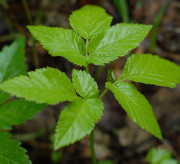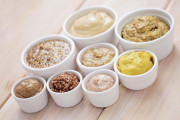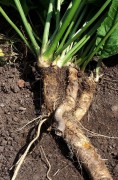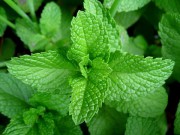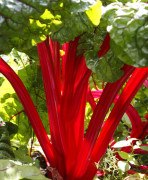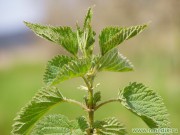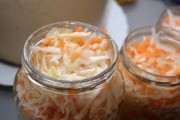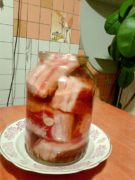Mowing - common grass or weed: beneficial properties and contraindications. What does it look like and how is it useful?
The herb is a medicinal plant that is distributed throughout Europe, Central Asia, in the mountains of Kazakhstan and the Caucasus.
The plant is a perennial forest umbrella plant; the leaves are trifoliate, short-cut, dark green in color. The stem part and leaves are rich in vitamin C and carotene, and contain a small amount of protein. In the wild it grows on forest edges and clearings, although it is also found deep in the forest. It can often be found in summer cottages and garden plots, where it is perceived as a weed and the owners actively fight it.
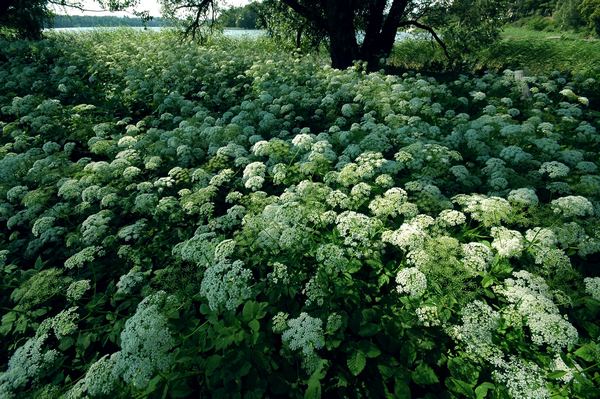
Photo. Weed or grass is dying.
Useful properties and contraindications
The common herb is a very useful plant that has detoxifying, restorative, antihypoxic properties; it also normalizes metabolism and strengthens the body as a whole.
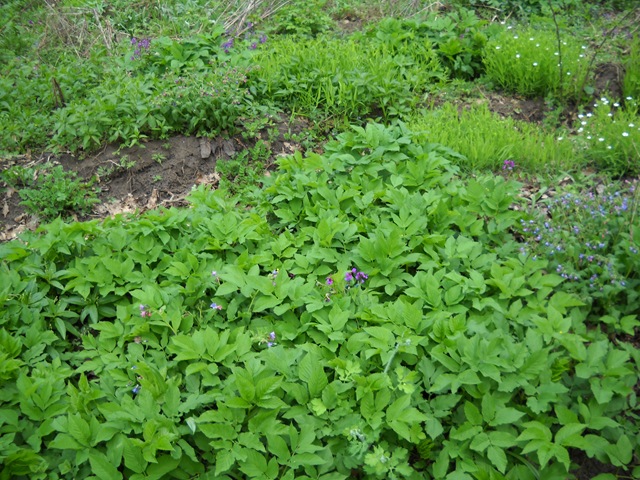
Photo. The plant is common weed.
An infusion of nymph is very useful to take internally for gout and other joint diseases, kidney and bladder diseases, and gastrointestinal disorders and diseases.
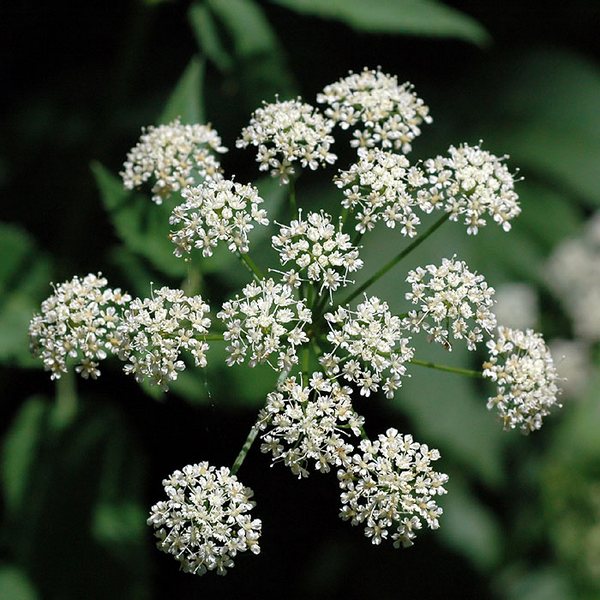
Photo. Dream flowers
For inflammation, rheumatism or gout, the leaves of the plant are crushed and applied to the affected areas. The young leaves of this wonderful medicinal plant are often used to treat and prevent scurvy.
As for contraindications, official science has not yet discovered anything serious.

Photo. The honeydew has bloomed.
Leaves that have not yet unfolded and young petioles are edible. In general, the common gooseberry has long been considered a very valuable and useful food. plant. Its leaves are used to make purees and salads. Dream leaves preparing for the winter. They are fermented, salted whole or pureed, and then stored in a cool place for several months.
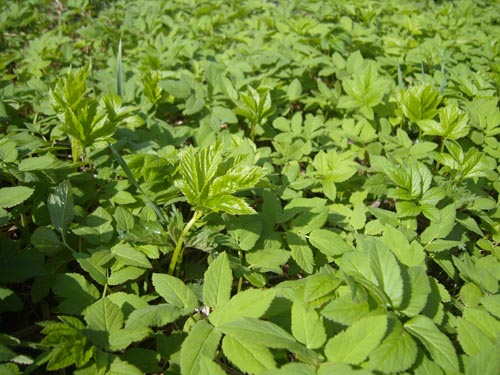
Photo. Dream leaves. Young shoots.

